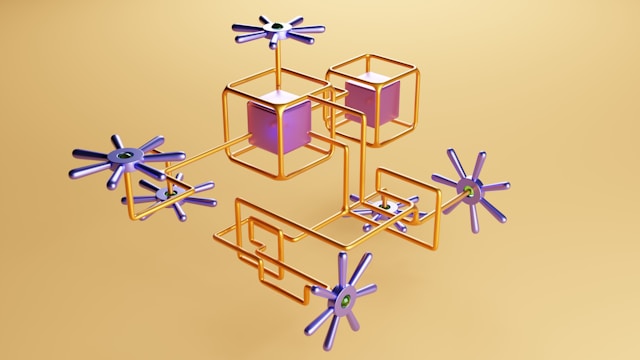
Microservices Architecture - Breaking Down Monoliths for Scalability
Microservices architecture has gained significant traction as an approach to building large, complex applications by decomposing them into smaller, loosely coupled services.
Concept and Comparison to Monolithic Architecture: Microservices architecture involves breaking down an application into a collection of small, independent services that communicate via well-defined APIs. This contrasts with monolithic architecture, where an entire application is built as a single, tightly-coupled unit.
Benefits of Microservices:
- Improved scalability and flexibility
- Easier maintenance and updates
- Technology diversity (polyglot programming)
- Enhanced fault isolation
- Faster time-to-market for new features
Challenges of Microservices:
- Increased complexity in deployment and management
- Potential performance overhead due to network communication
- Data consistency across services
- Testing and debugging complexities
Design Patterns and Best Practices:
- Service Discovery and Registration
- API Gateway Pattern
- Circuit Breaker Pattern
- Event-Driven Architecture
- Database per Service
Strategies for Breaking Down Monoliths:
- Identify bounded contexts using Domain-Driven Design (DDD)
- Implement the Strangler Fig Pattern for gradual migration
- Use the Branch by Abstraction technique for refactoring
- Start with modularizing the monolith before extracting services
Tools and Technologies:
- Service Mesh: Istio, Linkerd
- API Gateways: Kong, Netflix Zuul
- Messaging Systems: Apache Kafka, RabbitMQ
- Containerization and Orchestration: Docker, Kubernetes
Real-world Examples: Companies like Netflix, Amazon, and Uber have successfully implemented microservices architecture to achieve unprecedented scale and flexibility in their software systems.






(0) Comment